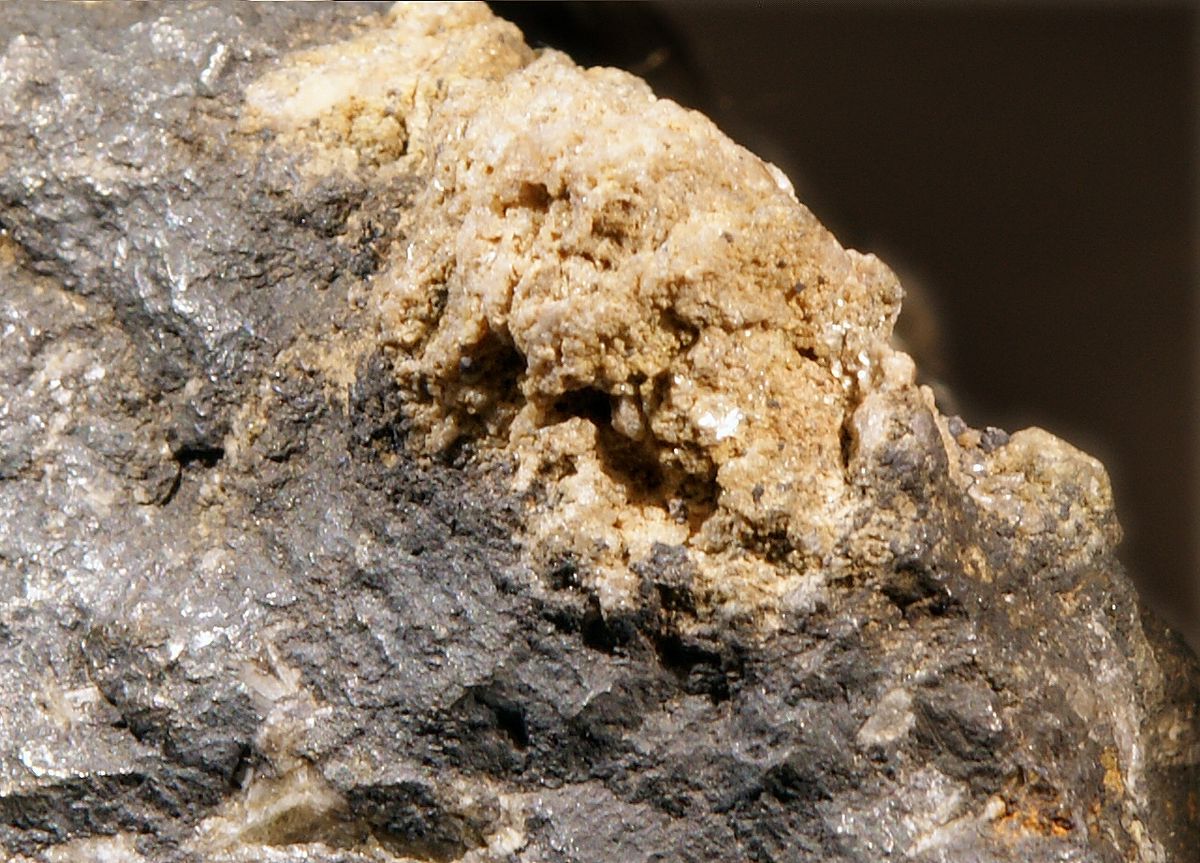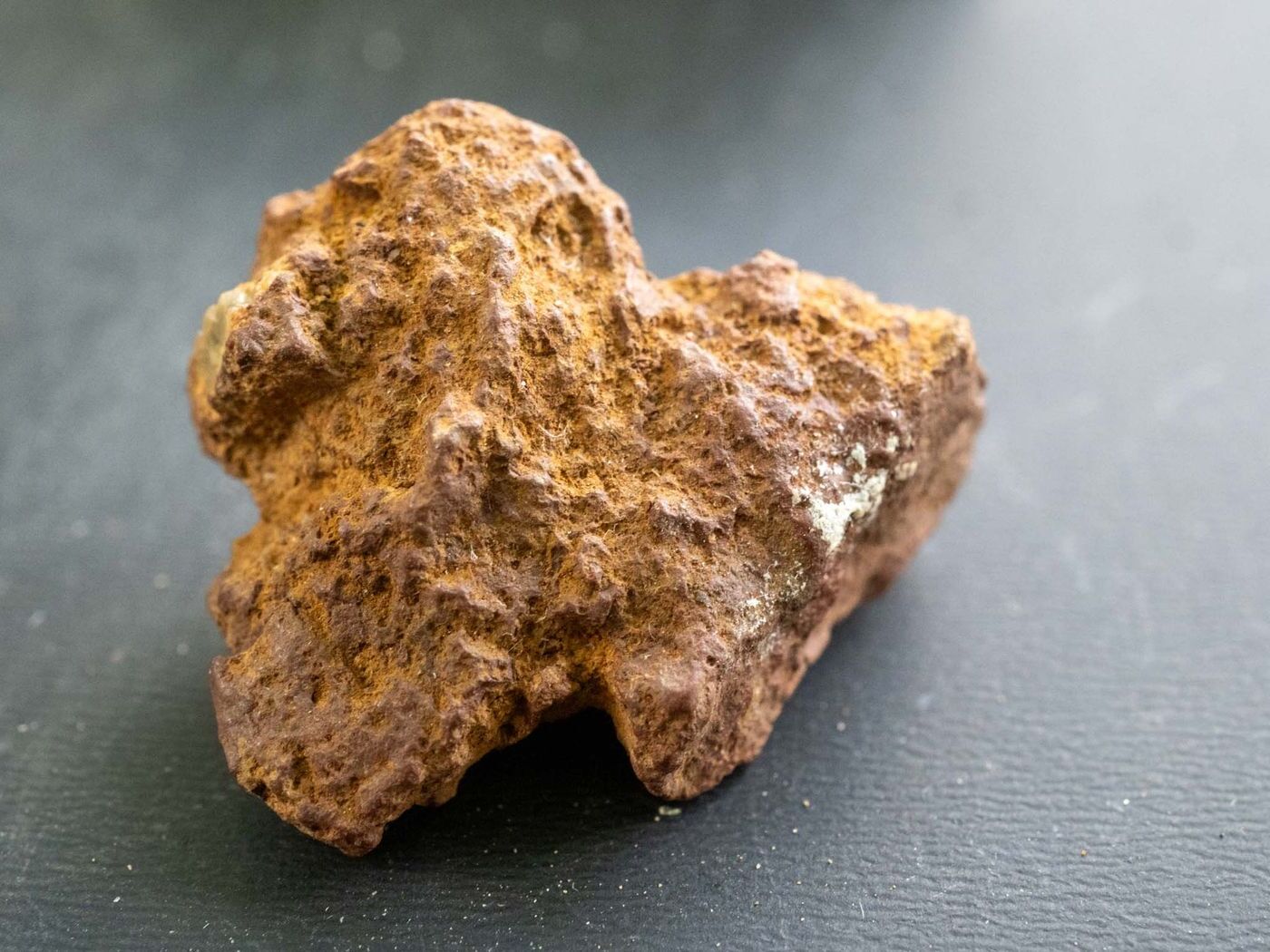
Bromargyrite, also known as bromyrite, is a fascinating mineral that captures the interest of geologists and collectors alike. This mineral, primarily composed of silver bromide, often forms in arid regions where silver deposits undergo oxidation. Its striking yellow-green to olive-green color makes it easily recognizable. Bromargyrite is typically found in the oxidized zones of silver deposits, often alongside other secondary minerals like cerargyrite and iodargyrite. Despite its rarity, it has been discovered in notable locations such as Chile, Mexico, and the southwestern United States. Understanding bromargyrite not only enriches our knowledge of mineralogy but also provides insights into the geological processes that create such unique formations. Ready to learn more? Let's dive into 30 intriguing facts about bromargyrite!
Key Takeaways:
- Bromargyrite is a rare, shiny mineral with a yellowish-green color. It was historically used for silver extraction and in early photography due to its light-sensitive properties.
- This fascinating mineral can be found in Mexico, Chile, the United States, Bolivia, and Australia. It has unique properties, such as forming pseudomorphs and fluorescing under ultraviolet light.
What is Bromargyrite?
Bromargyrite, also known as bromyrite, is a fascinating mineral that many people might not know much about. This mineral has unique properties and an interesting history. Let's dive into some intriguing facts about bromargyrite.
- Bromargyrite is a silver halide mineral, specifically a silver bromide (AgBr).
- It typically forms in arid regions where silver deposits are found.
- The mineral is usually found in oxidized zones of silver deposits.
- Bromargyrite crystals are often cubic or octahedral in shape.
- Its color ranges from yellowish-green to olive-green.
- The mineral has a resinous to adamantine luster, making it quite shiny.
- Bromargyrite has a Mohs hardness of 2.5, making it relatively soft.
- It has a specific gravity of about 6.473, which is quite high for a mineral.
- The mineral is soluble in ammonia and potassium cyanide solutions.
- Bromargyrite is often associated with other silver halides like chlorargyrite (AgCl).
Historical Significance of Bromargyrite
Bromargyrite has played a role in history, especially in the mining industry. Here are some historical facts about this mineral.
- Bromargyrite was first described in 1859 by the German mineralogist August Breithaupt.
- The name "bromargyrite" comes from the Greek words "bromos" (stench) and "argyros" (silver).
- It was commonly found in the silver mines of Mexico and Chile during the 19th century.
- Bromargyrite was an important ore of silver before modern extraction methods were developed.
- The mineral was often used as an indicator of silver-rich areas in mining.
Where Can You Find Bromargyrite?
Bromargyrite is not a common mineral, but it can be found in specific locations around the world. Here are some places where bromargyrite has been discovered.
- Mexico is one of the primary sources of bromargyrite, especially in the state of Chihuahua.
- Chile also has significant deposits of bromargyrite, particularly in the Atacama Desert.
- The United States has bromargyrite occurrences in states like Arizona and Nevada.
- Bolivia is another country where bromargyrite can be found, often in association with other silver minerals.
- Australia has reported bromargyrite in the Broken Hill mining district.
Uses and Applications of Bromargyrite
While bromargyrite is not as widely used today, it has had various applications in the past. Let's explore some of these uses.
- Bromargyrite was historically used as a source of silver in the mining industry.
- The mineral was also used in early photographic processes due to its light-sensitive properties.
- Bromargyrite has been studied for its potential use in silver recovery methods.
- Collectors and mineral enthusiasts often seek bromargyrite specimens for their collections.
- The mineral's unique properties make it a subject of interest in mineralogical research.
Interesting Facts About Bromargyrite
Here are some additional intriguing facts about bromargyrite that you might find interesting.
- Bromargyrite can form pseudomorphs, where it replaces other minerals while retaining their original shape.
- The mineral can fluoresce under ultraviolet light, showing a bright yellow color.
- Bromargyrite is often found in the company of other secondary silver minerals like cerargyrite and iodargyrite.
- The mineral's formation is influenced by the presence of bromine-rich solutions in the environment.
- Bromargyrite's rarity and unique properties make it a valuable addition to any mineral collection.
Final Thoughts on Bromargyrite
Bromargyrite, a fascinating mineral, holds a unique place in the world of geology. Known for its distinctive greenish-yellow color and brittle nature, this mineral is primarily composed of silver bromide. Found in arid regions, it often forms in the oxidized zones of silver deposits. Its rarity and unusual properties make it a subject of interest for both collectors and scientists.
Understanding bromargyrite's formation and characteristics can provide insights into geological processes and the history of silver mining. While not commonly used in industrial applications, its aesthetic appeal and scientific significance cannot be overlooked.
Whether you're a mineral enthusiast or just curious about the natural world, bromargyrite offers a glimpse into the complex and beautiful world of minerals. Keep exploring and learning about these hidden gems of our planet.
Frequently Asked Questions
Was this page helpful?
Our commitment to delivering trustworthy and engaging content is at the heart of what we do. Each fact on our site is contributed by real users like you, bringing a wealth of diverse insights and information. To ensure the highest standards of accuracy and reliability, our dedicated editors meticulously review each submission. This process guarantees that the facts we share are not only fascinating but also credible. Trust in our commitment to quality and authenticity as you explore and learn with us.


